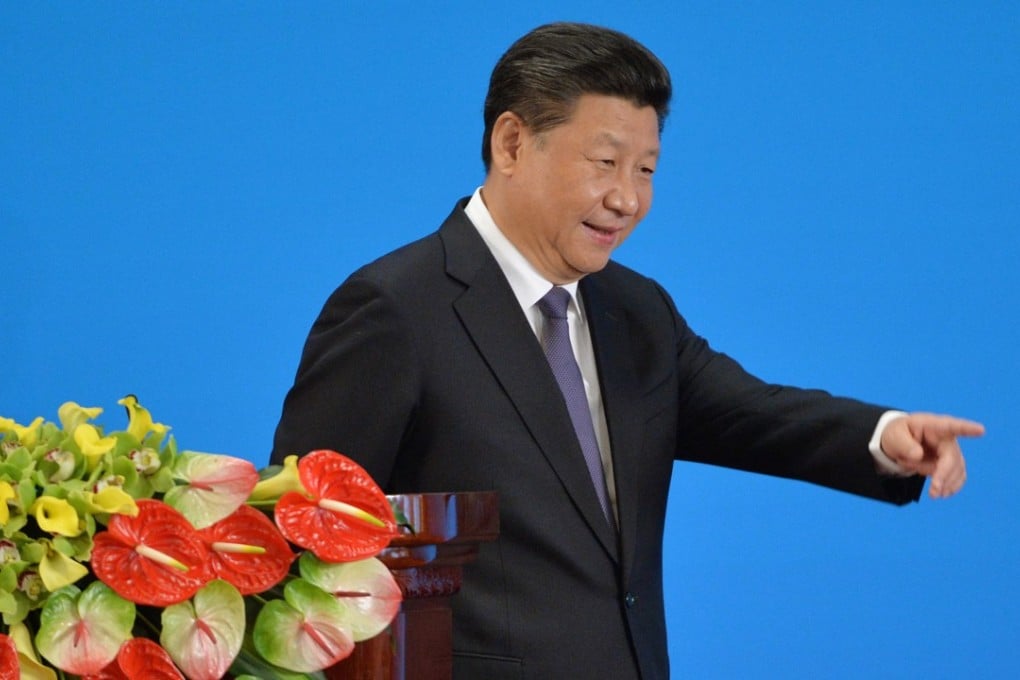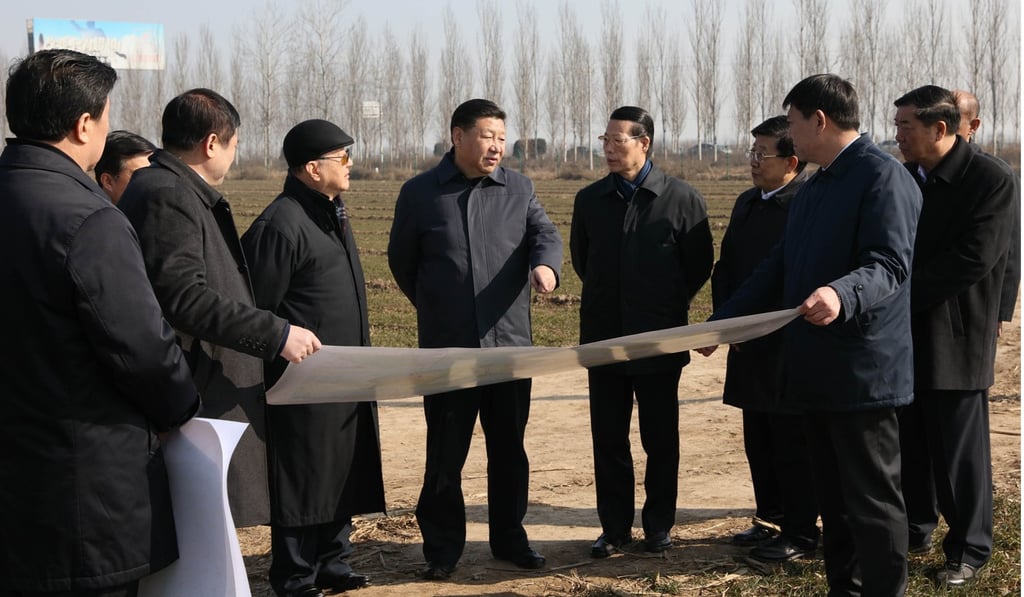What has Xi Jinping achieved in his first five years as China’s leader?

President Xi Jinping is about to begin his second term as the top leader of China’s Communist Party. So what has he done during the first five-year term?
Politics
● After coming to power in 2012, Xi launched a relentless campaign to crack down on corruption and enforce loyalty. More than one million officials have been disciplined, including a number of prominent party and military leaders.
● Xi took aggressive steps to tighten the party’s control over Chinese society. His calls to strengthen grass-roots “party building” have seen weak party branches in 77,000 villages and communities become active again. He also ordered state media and universities to serve the party.
● His administration put forward strict rules regulating non-government organisations, religious practices and online speech. Hundreds of rights lawyers and activists were detained or interrogated during his first term.
Society
● Xi made environmental protection a priority. Numerous officials and companies were punished in the crackdown on pollution, but environmental problems remain serious, especially in the country’s industrial regions.
● Beijing has consistently reaffirmed its commitment to the Paris Agreement on climate change, which it ratified in September last year, despite this year’s US withdrawal.
● The government’s spending on the elimination of poverty doubled during Xi’s first term. China said it lifted more than 55 million people above the poverty line from 2013 to 2016, although the country’s wealth gap has widened in recent years.
● Xi put an end to the decades-old one-child policy to address a drop in the birth rate. But the shrinking labour force and ageing population are still long-term threats to the economy.
